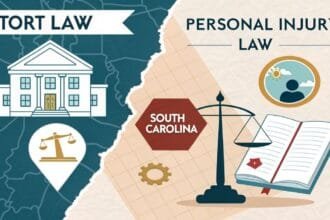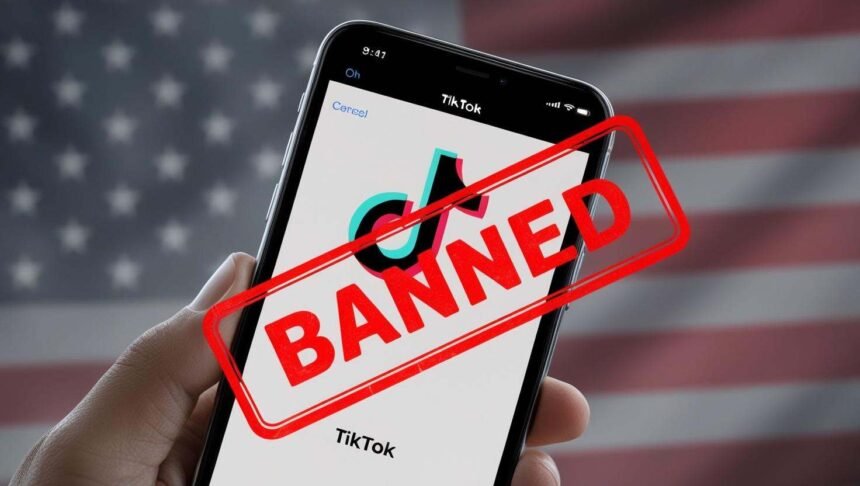Due to the “ban-or-divest” rule that was passed last year, TikTok has been taken offline in the United States. This has shocked millions of users and caused a lot of debate.
After Saturday night, the app was taken down from the Apple and Google app stores, blocked on the web, and users trying to view material were not able to do so.
This shutdown is a big deal in the history of social media because no platform as big as TikTok has ever been suddenly taken down without a clear plan for when it will be back up and running.
A Nation Without TikTok
According to TikTok, the app has 170 million users in the U.S., making it a major player in the social media world.
The ban has successfully silenced a digital community that had become a cultural phenomenon, influencing trends, conversations, and even commerce.
There have been outages on Instagram, Facebook, and Twitter in the past, but the total shutdown of a network as big as TikTok has never happened before.
According to the Biden administration, which gave authority to the Trump administration, TikTok’s shutdown was just a “stunt.”
However, TikTok says it had to shut down because it didn’t have clear assurances from the government.
Communication with Users and Employees
In the hours leading up to the shutdown, TikTok warned users via an in-app message:
“We regret that a U.S. law banning TikTok will take effect on January 19th and force us to make our services temporarily unavailable. We’re working to restore our service in the U.S. as soon as possible, and we appreciate your support. Please stay tuned.”
By 10:30 PM ET, users trying to access the app were greeted with a message stating TikTok was “unavailable” but expressed hope for a resolution under President-elect Trump.
Internally, TikTok’s employees got an email emphasizing that Trump has shown willingness to work on a solution to reinstate the platform after taking office on January 20th.
Teams were “working tirelessly” to get the app back to users in the U.S., the email said.
ByteDance’s Struggles and Legal Battle
The ban is because of the “ban-or-divest” rule, which says that ByteDance, the company that owns TikTok, has to sell a big chunk of its share in the platform or else it will be banned. But ByteDance hasn’t shown much desire to follow the rules.
Instead, they’ve chosen to go to court and fight the law. The Supreme Court ruled against TikTok earlier this week, ending the legal fight and ending the app’s life—at least for now.
Outside of TikTok, other ByteDance apps like CapCut and Lemon8 have also been shut down because of the shutdown.
ByteDance’s refusal to sell its share shows how complicated the economic and political situations are. The company is still fighting against requests from the U.S. government.
Trump’s Role in the TikTok Saga
Ironically, Trump—who initially advocated for TikTok’s ban during his presidency—has now indicated a willingness to find a way forward for the platform.
Reports say he has suggested giving ByteDance an extra 90 days to meet the divestment standards. This could mean that he is less firm in his beliefs.
TikTok’s current strategy seems to be aimed directly at Trump, as the company’s communications stress his possible part in bringing the app back to life.
It’s too early to tell if this strategy will work, but it shows that TikTok is determined to stay a part of the U.S. digital ecosystem.
What’s Next for TikTok Users?
Millions of TikTok users in the U.S. are stuck because of the shutdown. For brands, creators, and regular users alike, the app was more than just fun—it was a way to meet, express yourself, and do business.
There are alternatives, such as Instagram Reels and YouTube Shorts, but they might not be able to fully replace what TikTok had to give.
There are effects of this shutdown that go beyond TikTok itself. The ban makes people think about digital authority, whether governments should be able to control who can use technology, and the future of foreign tech companies that do business in the U.S.



